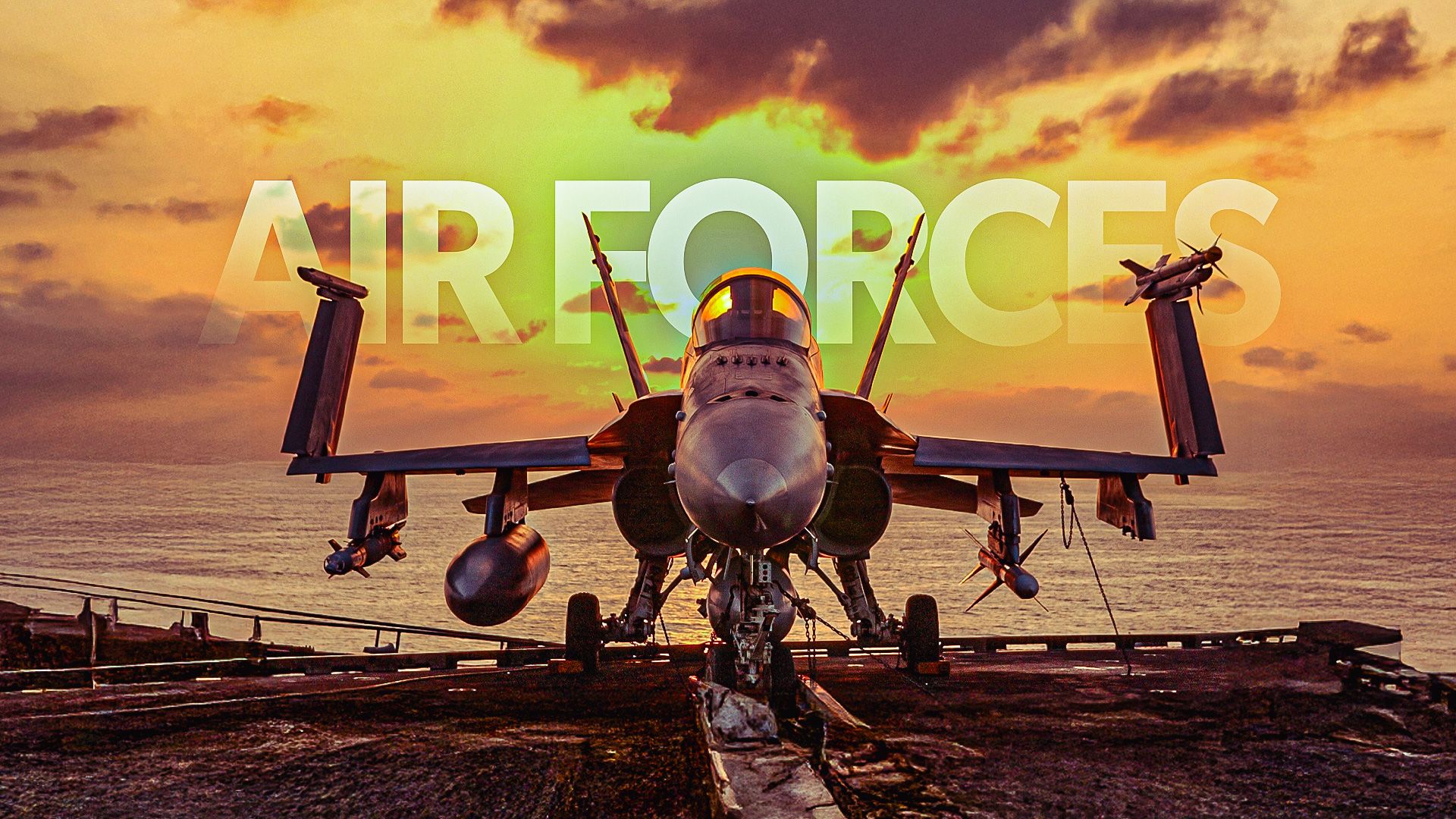World
Global Fighter Jet Numbers Highlight Shifts in Air Power Dynamics

The landscape of global air power is undergoing significant transformation, as recent data reveals shifts in fighter jet numbers across leading air forces. The United States continues to dominate the field with a total of **2,651 fighters**, but recruitment challenges and technological advancements are reshaping the dynamics of air superiority. Countries like **China** and **India** are rapidly expanding their fleets, while **Russia** grapples with the realities of combat losses amid ongoing conflict.
Japan’s Evolving Air Force
The **Japan Air Self-Defense Force** (JASDF) operates approximately **1,459 aircraft**, with **253 fighters** in service. This includes advanced models such as the **F-35A Lightning II**, which is poised to serve as Japan’s frontline air defense system. Developed by **Lockheed Martin** and assembled in collaboration with **Mitsubishi Heavy Industries**, the F-35A boasts state-of-the-art stealth capabilities and advanced onboard systems that enable pilots to detect threats from considerable distances.
Complementing the F-35A are the **Mitsubishi F-2** and the **F-15J Eagle**. The F-2, designed for Japan’s unique geographic needs, facilitates extensive maritime patrols and air defense. Meanwhile, the F-15J, with its proven performance metrics, remains a key player in Japan’s air defense strategy, undergoing modernization to enhance interoperability with newer platforms.
Looking ahead, Japan’s commitment to air power is further underscored by its order of the **F-35B**, a carrier-capable variant that will enhance its maritime operational capabilities.
India’s Diverse Fighter Fleet
India’s air force, comprising **578 fighters**, reflects a diverse procurement strategy that includes both indigenous and foreign aircraft. The **Indian Air Force** (IAF) features a mix of **Sukhoi Su-30MKIs**, **Dassault Rafales**, and the domestically produced **HAL Tejas**. The Tejas plays a pivotal role in India’s modernization efforts, particularly with the introduction of the advanced **Tejas Mark 1A** variant aimed at replacing older aircraft like the **MiG-21**.
Recent skirmishes with Pakistan have accelerated India’s push to enhance its air combat capabilities. The IAF has also focused on modernizing its existing fleet, ensuring aircraft like the **Mirage 2000** remain effective in contemporary missions.
India is actively exploring international partnerships, with discussions surrounding the production of **F-21** fighters and a potential acquisition of additional Rafales. The ongoing modernization efforts include upgrades to existing platforms, enhancing their radar and avionics systems to maintain competitive edge.
Russia’s Ongoing Challenges
Despite possessing **1,147 fighters**, the **Russian Aerospace Force** is experiencing operational challenges that have been magnified by the ongoing conflict in Ukraine. The war has revealed discrepancies between the size of Russia’s air fleet and its actual combat effectiveness. Advanced platforms such as the **Sukhoi Su-57** are not yet fully operational, while older aircraft like the **Su-30** and **Su-34** are carrying the load of current military engagements.
The conflict has prompted a reevaluation of tactics, with Russian fighters increasingly relying on long-range missile strikes rather than close air support. Production issues exacerbated by international sanctions have also hindered the development of new aircraft, further complicating Russia’s air power strategy.
China’s Expanding Fleet
China’s **People’s Liberation Army Air Force** (PLAAF) stands out with a robust inventory of **2,157 fighters**. The highlight is the **J-20**, a stealth fighter designed to rival the **F-22 Raptor**. While the J-20’s primary role appears to focus on targeting high-value assets rather than engaging in dogfights, it represents China’s ambitions to enhance its aerial capabilities.
The PLAAF continues to grow, with a mix of indigenous designs and adaptations of foreign technology. Aircraft like the **J-10**, **J-16**, and **J-11** provide a comprehensive suite of capabilities, covering air defense and strike missions. Recent advancements in naval aviation, including the introduction of aircraft carriers, bolster China’s maritime air power.
The ongoing developments in global air forces emphasize the shifting balance of power in the skies. As countries navigate recruitment challenges, technological advancements, and strategic partnerships, the future of air combat remains dynamic and uncertain.
-

 Science2 months ago
Science2 months agoToyoake City Proposes Daily Two-Hour Smartphone Use Limit
-

 Health2 months ago
Health2 months agoB.C. Review Reveals Urgent Need for Rare-Disease Drug Reforms
-

 Top Stories2 months ago
Top Stories2 months agoPedestrian Fatally Injured in Esquimalt Collision on August 14
-

 Technology2 months ago
Technology2 months agoDark Adventure Game “Bye Sweet Carole” Set for October Release
-

 World2 months ago
World2 months agoJimmy Lai’s Defense Challenges Charges Under National Security Law
-

 Technology2 months ago
Technology2 months agoKonami Revives Iconic Metal Gear Solid Delta Ahead of Release
-

 Technology2 months ago
Technology2 months agoSnapmaker U1 Color 3D Printer Redefines Speed and Sustainability
-

 Technology2 months ago
Technology2 months agoAION Folding Knife: Redefining EDC Design with Premium Materials
-

 Technology2 months ago
Technology2 months agoSolve Today’s Wordle Challenge: Hints and Answer for August 19
-

 Business2 months ago
Business2 months agoGordon Murray Automotive Unveils S1 LM and Le Mans GTR at Monterey
-

 Lifestyle2 months ago
Lifestyle2 months agoVictoria’s Pop-Up Shop Shines Light on B.C.’s Wolf Cull
-

 Technology2 months ago
Technology2 months agoApple Expands Self-Service Repair Program to Canada









